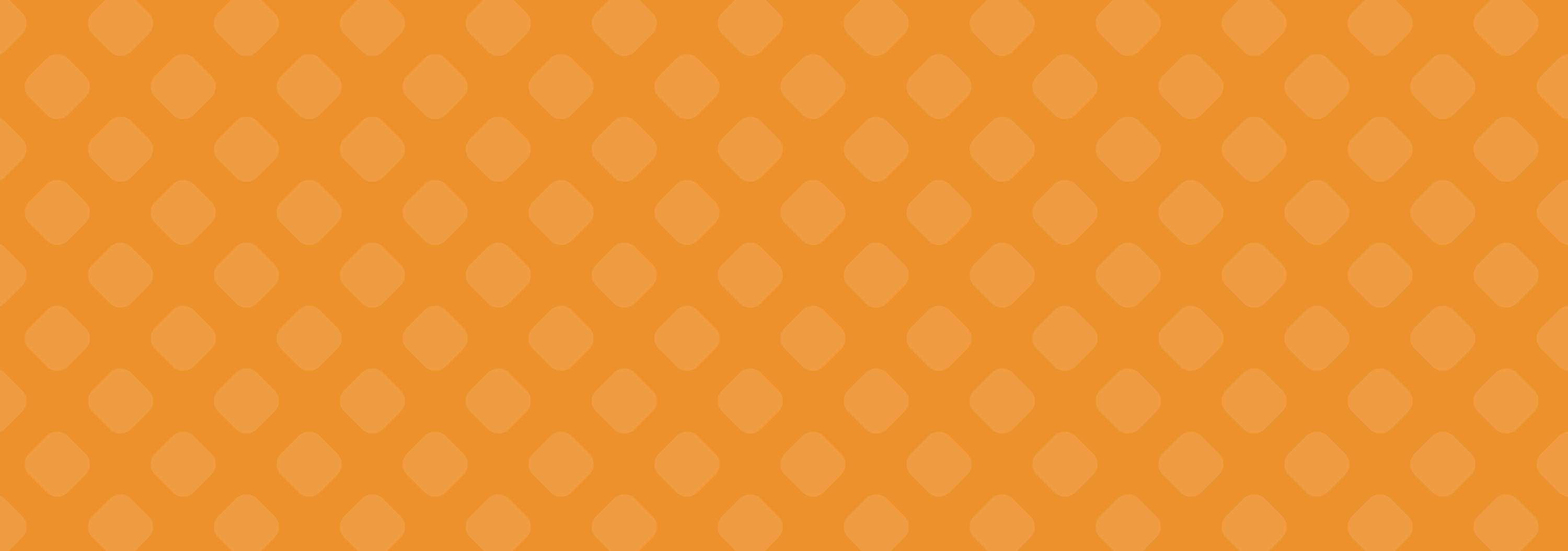The famous Ouroboros drawing from the early alchemical text The Chrysopoeia of Cleopatra dating to 2nd century Alexandria encloses the words hen to pan, "one is the all". Its black and white halves represent the Gnostic duality of existence. As such, the Ouroboros could be interpreted as the Western equivalent of the Taoist Yin-Yang symbol. The Chrysopoeia Ouroboros of Cleopatra the Alchemist is one of the oldest images of the Ouroboros to be linked with the legendary opus of the Alchemists, the Philosopher’s Stone.
The Ishtar Gate was the eighth gate to the inner city of Babylon. It was constructed in about 575 BC by order of KingNebuchadnezzar II on the north side of the city. Dedicated to the Babylonian goddess Ishtar, the gate was constructed using glazed brick with alternating rows of bas-relief mušḫuššu (dragons) and aurochs.
Originally the gate, being part of the Walls of Babylon, was considered one of the Seven Wonders of the world until it was replaced by the Lighthouse of Alexandria; in the 3rd century BC. This photo was taken at the Pergamon Museum in Berlin. A reconstruction of the Ishtar Gate and Processional Way was built in the Museum out of material excavated by Robert Koldewey and finished in the 1930s. Photos taken with my Nikon D5000
Pergamon incantation bowl (Gnostic talisman disc), from Sir Wallis Budge’s “Amulets and Talismans”
Pergamon Museum, Berlin.
This book looks amazing:
'Sea Monsters on Medieval and Renaissance Maps' by Chet Van Duzer
Associated images: http://bibliodyssey.blogspot.fr/2013/08/map-monsters.html
[L]: “A single-horned aquatic bull from the twelfth century painted ceiling in the Church of St Martin in Zillis, Switzerland.”
[R]: “An aquatic elephant, probably intended for a walrus, from the twelfth century painted ceiling in the Church of St Martin in Zillis, Switzerland.”
Human body
Oxygen (65%) Carbon (18%) Hydrogen (10%) Nitrogen (3%) Calcium (1.5%) Phosphorus (1.0%) Potassium (0.35%) Sulfur (0.25%) Sodium (0.15%) Magnesium (0.05%) Copper, Zinc, Selenium, Molybdenum, Fluorine, Chlorine, Iodine, Manganese, Cobalt, Iron (0.70%) Lithium, Strontium, Aluminum, Silicon, Lead, Vanadium, Arsenic, Bromine (trace amounts)
Most of the human body is made up of water, H2O, with cells consisting of 65-90% water by weight. Therefore, it isn't surprising that most of a human body's mass is oxygen. Carbon, the basic unit for organic molecules, comes in second. 99% of the mass of the human body is made up of just six elements: oxygen, carbon, hydrogen, nitrogen, calcium, and phosphorus. You may also wish to view the element composition of an average human body by mass.
This example of the ouroboros image was created by Theodoros Pelecanos in 1478. It was printed in an alchemical tract entitled the Synosius

